Technical
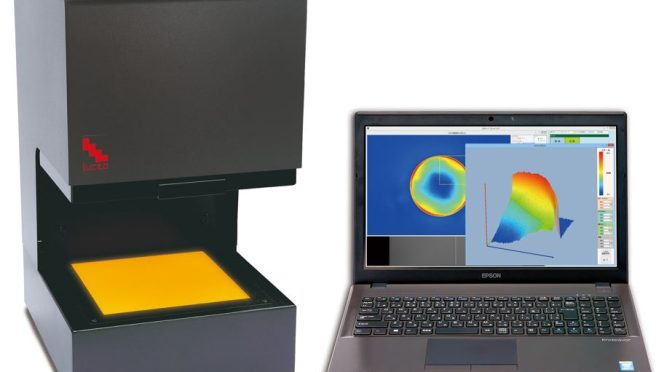
Micromanipulators in Semiconductor Device Testing: Ensuring Reliability and Performance
Semiconductors are the backbone of electronic devices. These chips feature miniature-sized components and are inspected…
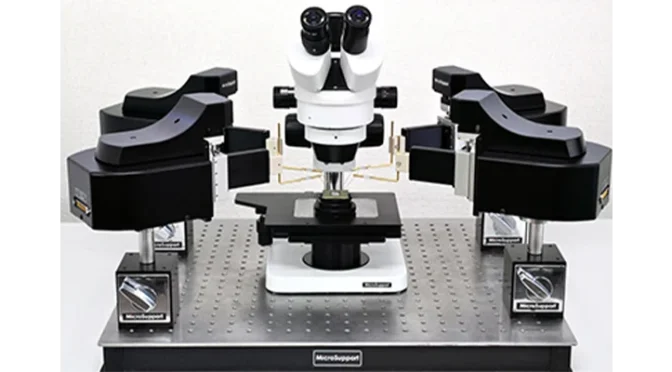
Exploring the Microscopic World with Multi-Probe Micromanipulators
Microscopic entities are the ones that cannot be seen with the naked eye and need…
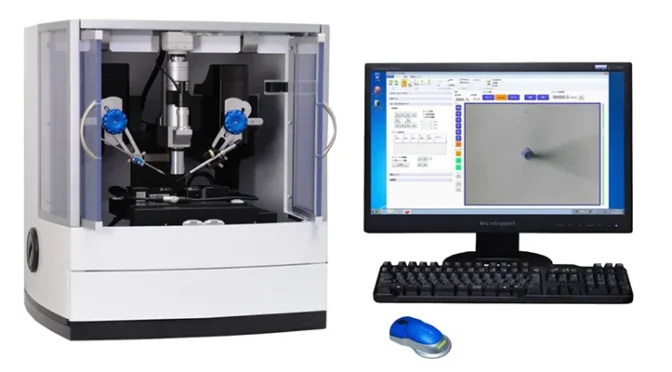
Exploring Micromanipulators: Unveiling the Microscopic World
Micromanipulators are essential tools to handle microscopic objects in various industries, including semiconductors, electronics, chemicals,…
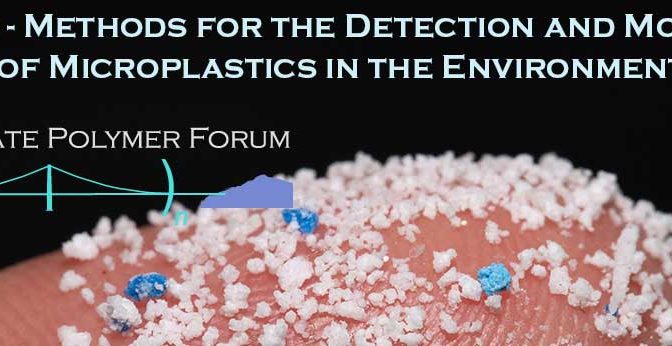
Methods for the Detection and Monitoring of Microplastics in the Environment
Wednesday, January 18, Webinar at 6:30 PM Pacific time [Register Here] Abstract: Microplastics have recently been…
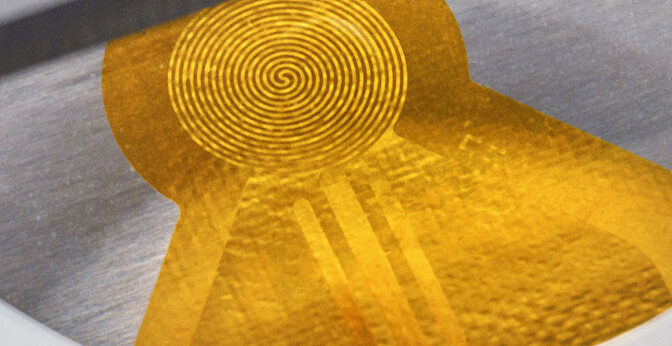
Hot Disk Thermal Testing
We are happy to announce that Barnett Technical Services is now a distributor for Hot…

Anisotropic Thermal Conductivity and Diffusivity of Li-ion Batteries
Li-ion batteries represent many of the most critical areas of development in energy storage. The…

MobileGuard Gas Detection
Teco Peoples Gas hits the road in one of their new methane detection vehicles. These…
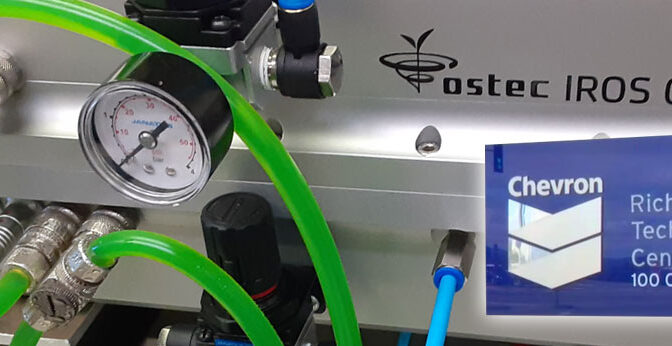
Installation Highlights
We are glad to share the news about the implementation of Barnett Technical Services installation…
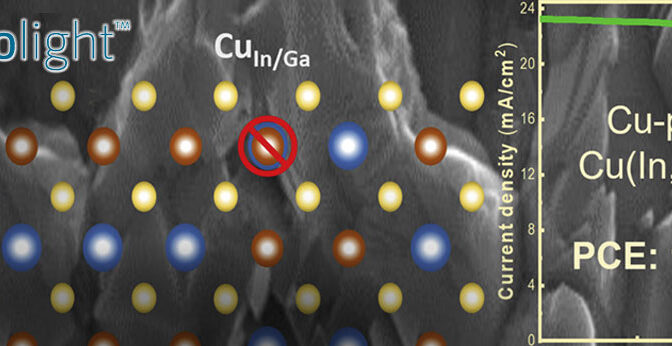
AttoLight’s CHRONOS Time-Resolved Cathodoluminescence for characterizing CIGS SOLAR CELL
Attolight's Chronos time-resolved cathodoluminescence tool was recently used to characterize an advanced Cu(In,Ga)S2 device that showed…
